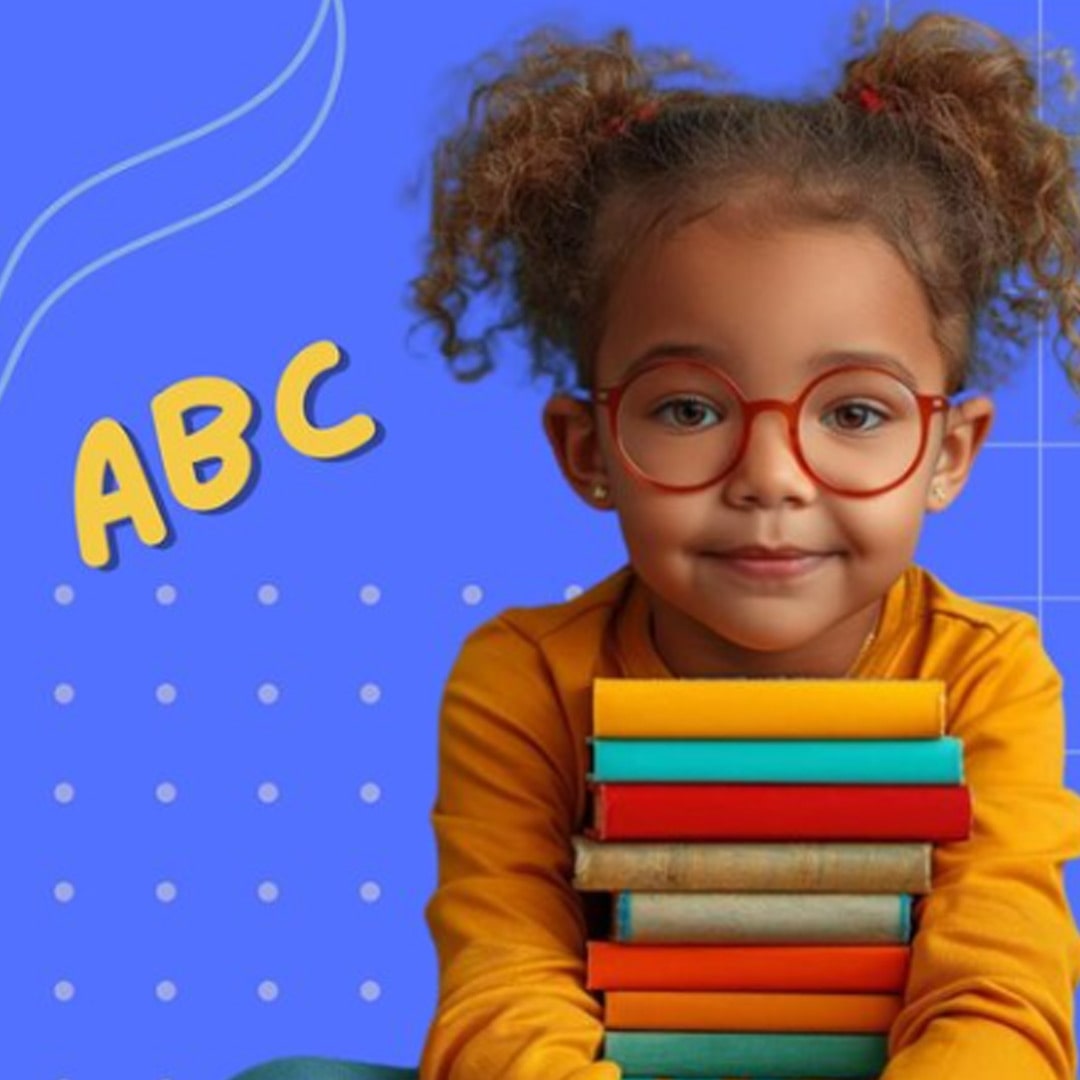

Please enter the code we just sent to whatsapp 91-11-46710500 to proceed
Didn't Receive OTP?

Jolly Phonics is a synthetic phonics programme that teaches children the fundamental components of literacy. Using a multisensory, systematic method to teach the 42 sounds of English, this program teaches what children need to do to read, write and spell proficiently.” Here’s a breakdown of the program and some best practices for teaching, including props and activities.
The program teaches 42 principal sounds of letters in a particular order (non alpha, including individual sounds (i.e., /s/, /a/) and digraphs (i.e., /sh/, /th/).
Best Practices:
Develop sound-linking verbs and tales for linking sounds to movements (like moving a hand to imitate a snake for the /s/ sound).
At home, make a sound book for each child; parents play games with them, e.g. "Pairs" so they learn to recognize sounds.
Air-writing, tracing over dotted letters, and sand writing all emphasize correct letter formation.
Best Practices:
For correct writing posture, use finger tracing books and instruct on TRIPOD pencil grip.
Use multisensory props (like playdough to craft letters).
This skill blends together individual sounds to create words (ex: /c/, /a/, /t/ forms “cat”)
Best Practices:
Continue with word boxes, set of decodable readers.
Play games such as “Miming Words,” in which kids guess what blended word they are hearing based on play clues.
Segmenting allows children to decompose words into their individual sounds — an important skill needed for spelling.
Best Practices:
Play games such as the “Chopping Game” that encourage children to “chop” words into the sounds they hear.
Dictate short words, such as “sun” or “flag,” to increase writing fluency.
These are words that cannot be decoded phonetically (e.g., “was,” “said”).
Best Practices:
Phrases: If memorizing “people,” use flashcards and mnemonic strategies like “people eat omelettes, people like eggs.”
Practice “Look, Cover, Write and Check” often.
Sound Hunts: Kids search for items that start with a particular sound.
Blending Wheels: A wheel on which kids spin, combining sounds into words.
Digraph Dominoes: A matching game that requires matching these digraphs like “sh” or “ch.
Decodable Readers: Use interactive storyboards designed for specific sets of letters.
Create different spellings for vowels (like “ai” in “rain” versus “ay” in “play”).
Start with dictated sentences and shift into creative writing; let them write their own stories.
Read in groups and silently expand your vocabulary
Assessment is integrated within the philosophy and practice of Jolly Phonics: it is a regular part of classroom activities, not a separate, summative process. Educators can ensure children develop strong reading and writing skills by implementing its principles into engaging props, regular practice, and parental involvement.
Shape Your Kid's Future with Bambinos Classes | Bambinos.live India's No. 1 English Communication Platform For Kids | Click here to Book a Free Class Limited time offer.